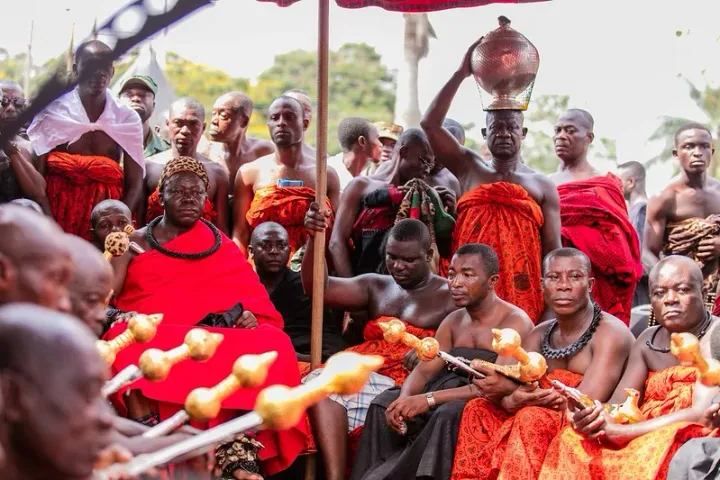Hmong communities can be found globally in Vietnam, Laos, Thailand, Myanmar, the U.S., and France. But all of them are originally from China, where they are regarded as part of the Miao, a thriving culture of over 9 million people, distinct for their language, textiles, and cuisine.
The Miao are a rural, nomadic people who live in mountainous areas of China's south like Guizhou, Sichuan, and Hubei. The Miao have been caught up in periods of hardship - as they have also in countries where they've migrated to. This was shown in Gran Torino, a film by Clint Eastwood that explores the challenges the Hmong have faced after resettling in America.

Today they're better recognized internationally and people have placed a positive focus on this unique community.
But in China, the Miao are really admired for their traditions, the festivals that honor the 24 seasons in a year, the music that provides a melody to everyday life, the incredible jewelry and silver headdresses that they construct by hand, and of course the intricate embroidery passed from one generation to the other.

The headdresses, some of them as tall ad the people who wear them, weighing up to 50 pounds, creating a majestic appearance in a rural setting. Earring, bracelets, and ornaments decorated around the waist are other examples of their beautiful craftsmanship.
But the silverware is more than a decorative thought. Because the Miao have had to flee from revolts an uprisings, they have turned to this important metal as a way of transporting their wealth in times of conflict.

Therefore, what they wear is not simply 'jewelry', but a form of security they can easily wear or carry with them.
And there are other practical, sometimes life-saving uses. Because they live in rural areas far from the benefits of modern technology, the Miao turn to silver, which turns black on contact with different toxins and pollutants. It's also an important way of testing the quality of medicine and other consumable items.
All of this shows that culture can be beautiful, but it can also be meaningful when we see traditions being applied to our needs today. Th Miao are an expression that innovation doesn't need to be new to be effective.



